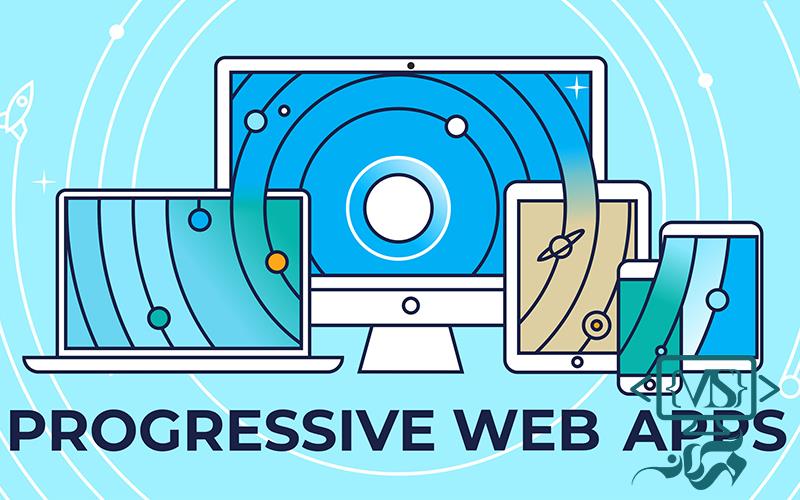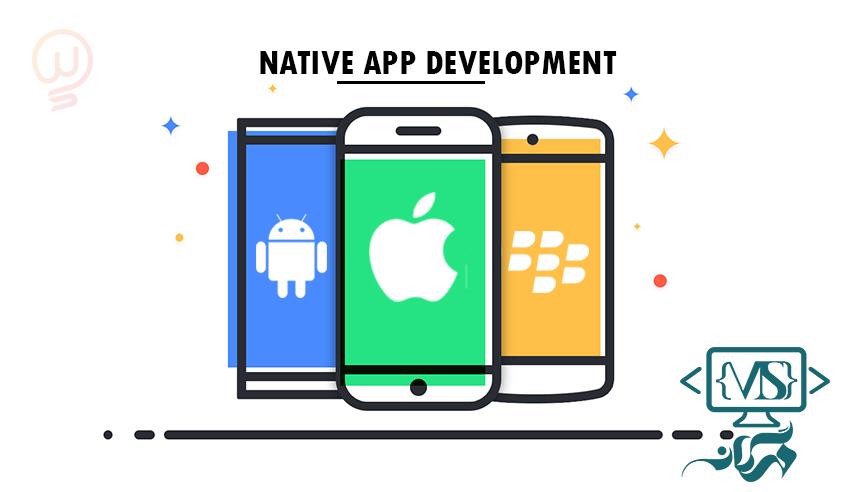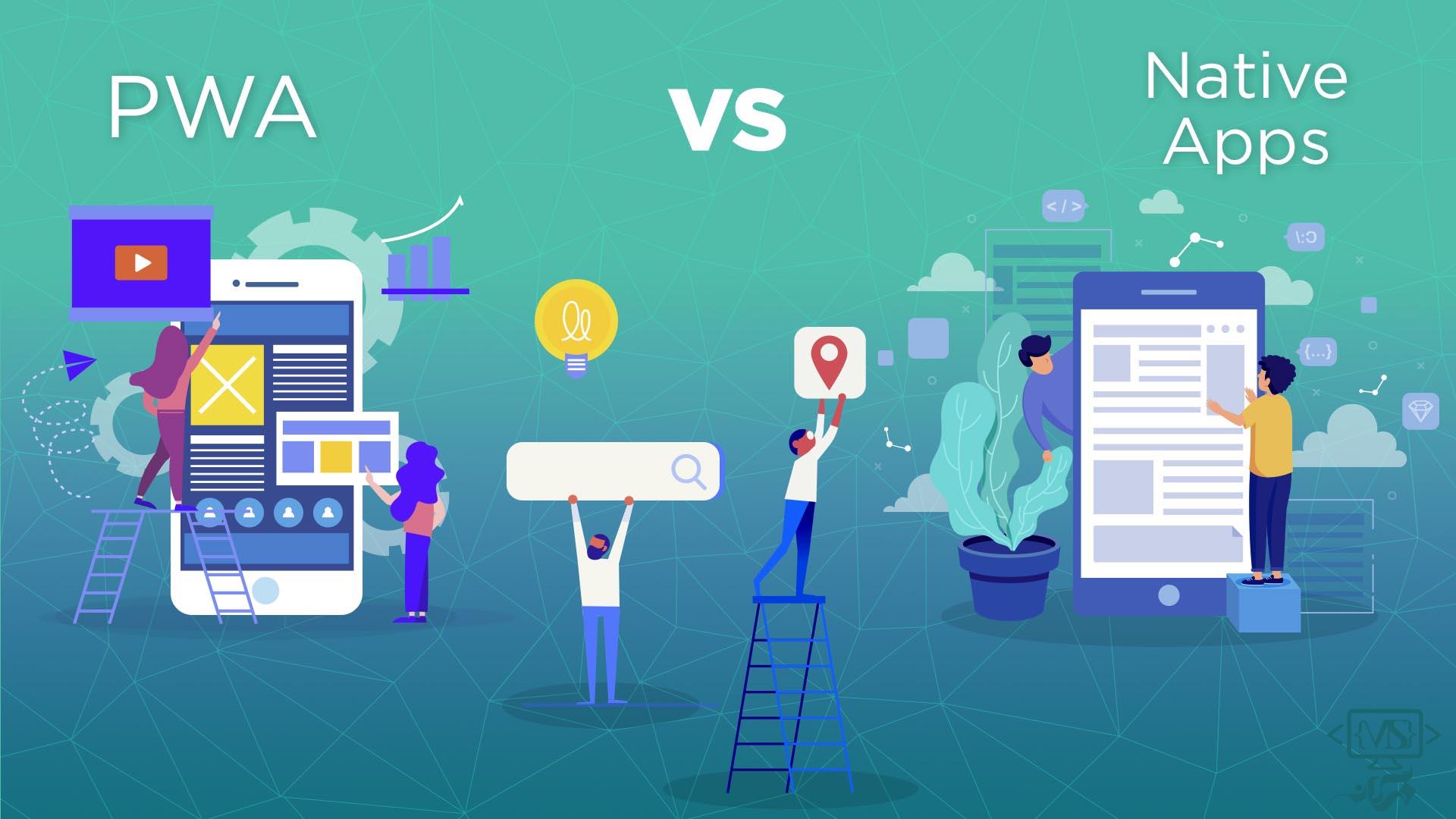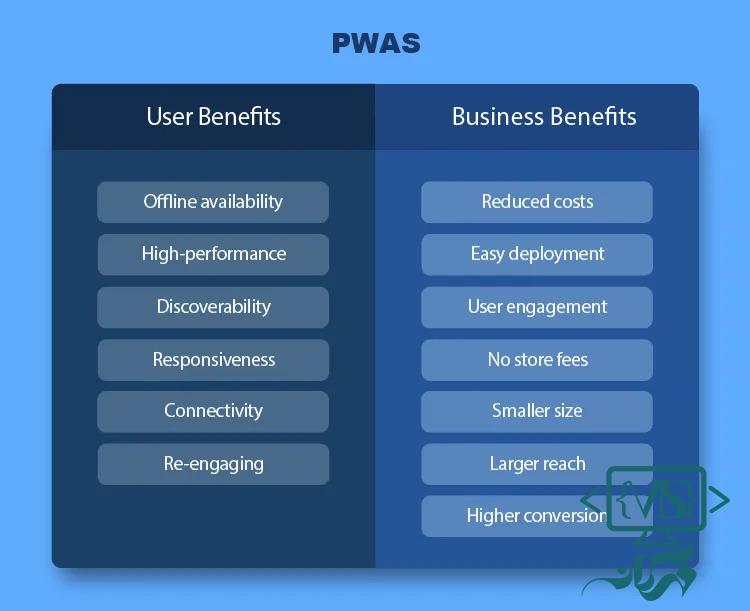
Understanding the Concept and Benefits of Progressive Web Apps (PWAs)
Introduction: In recent years, progressive web apps (PWAs) have gained significant attention from businesses and consumers alike. PWAs offer a unique blend of web and mobile app functionalities, providing users with an enhanced browsing experience. In this article, we will delve into the concept of PWAs, exploring their core features and advantages.

Defining Progressive Web Apps: Progressive web apps are web applications that utilize modern web capabilities to deliver an app-like experience to users. They offer an immersive, reliable, and engaging user interface, comparable to native mobile applications. PWAs can be accessed through a web browser, making them platform-independent; users do not need to install them from an app store.
Key Features of PWAs:
- Responsive Design: PWAs are designed to adapt and function seamlessly on different devices and screen sizes, ensuring a consistent user experience.
- Offline Accessibility: One of the standout features of PWAs is their ability to function offline or with a poor internet connection. This is achieved by allowing pre-caching of essential resources, enabling users to access content even when offline.
- App-like Experience: PWAs harness the capabilities of modern web technologies, including push notifications, home screen installation, and access to device features such as camera and GPS. This enables users to enjoy a native app-like experience directly through their web browser.
- Speed and Performance: PWAs are built to load quickly, providing users with a snappy and smooth experience. They leverage browser caching and other optimization techniques to minimize loading times.
- Seamless Updates: Unlike traditional mobile apps, PWAs offer seamless updates without the need for users to manually update or download new versions. Users will always have access to the latest version whenever they launch the PWA.
Benefits of PWAs:
- Increased User Engagement: PWAs provide a platform to engage users with push notifications and the ability to add the app to their device's home screen, making it easily accessible.
- Wider User Reach: PWAs eliminate the need for users to download and install an app from an app store. This results in greater accessibility, potentially expanding the user base.
- Lower Development and Maintenance Costs: Building a PWA eliminates the need to develop separate applications for different platforms. This reduces development time and maintenance efforts, making it a cost-effective solution.
- Enhanced Performance: Users expect fast and seamless experiences, and PWAs deliver on this front. By leveraging web technologies, these apps can provide great performance even on lower-end devices.
- SEO-friendly: Due to their web-based nature, PWAs are easily discoverable by search engines, making them favorable for companies looking to increase their online presence.

Pros of using PWAs compared to native applications:
- Cross-platform compatibility: PWAs can run on multiple platforms, including desktops, smartphones, tablets, and even emerging technologies like smart TVs. They do not require separate development efforts for different operating systems, resulting in cost and time savings.
- No need for app store distribution: Unlike native apps, PWAs can be accessed directly through a web browser, eliminating the need to go through the app store approval process. This allows for more control over app updates and faster deployment.
- Lower development and maintenance costs: Since PWAs can be developed using web technologies like HTML, CSS, and JavaScript, developers with web development skills can build them. This reduces the need for specialized native app developers and lowers development and maintenance costs.
- Improved user reach: PWAs can be easily discovered through search engines, enabling businesses to reach a wider audience without relying on users actively searching for and downloading an app from an app store.
- Quick and seamless updates: PWAs can be instantly updated by simply updating the web app on the server. Users accessing the app will always have access to the latest version without needing to download updates from an app store.

Cons of using PWAs compared to native applications:
- Limited access to device features: While PWAs can access some device features like camera, GPS, or push notifications, they have limited access compared to native apps. Some advanced functionalities specific to certain operating systems may not be available in PWAs.
- Reduced performance on low-end devices: PWAs rely on web technologies, which might result in slightly slower performance compared to native apps, especially on low-end devices or in areas with poor internet connectivity.
- Limited offline capabilities: Although PWAs do offer offline support, the functionality is not as robust as native apps. They can cache limited data and functionalities for offline use, but native apps typically have more extensive offline capabilities.
- Lower visibility in app stores: As PWAs are web applications accessible through browsers, they might not be as easily discoverable as native apps within popular app stores. Native apps often benefit from app store optimization and being featured as top-ranking apps.
- User familiarity and trust: Native apps are more established and familiar to users, as they have been widely used for years. Some users may be more hesitant to utilize PWAs due to a perceived lack of trust or security compared to downloading an app from a trusted app store.
Conclusion: Progressive web apps have become a game-changer in the digital world, offering businesses an alternative to traditional mobile app development. PWAs combine the best aspects of the web and mobile apps, providing users with a seamless experience. With their unique features and benefits, PWAs are emerging as a popular choice for businesses seeking broader user reach, improved engagement, and cost-effective solutions.
Ultimately, the decision to use PWAs or native applications depends on the specific requirements and goals of a business or project. Each option has its own set of advantages and limitations, and a careful analysis should be conducted before making a decision.
Leave a comments